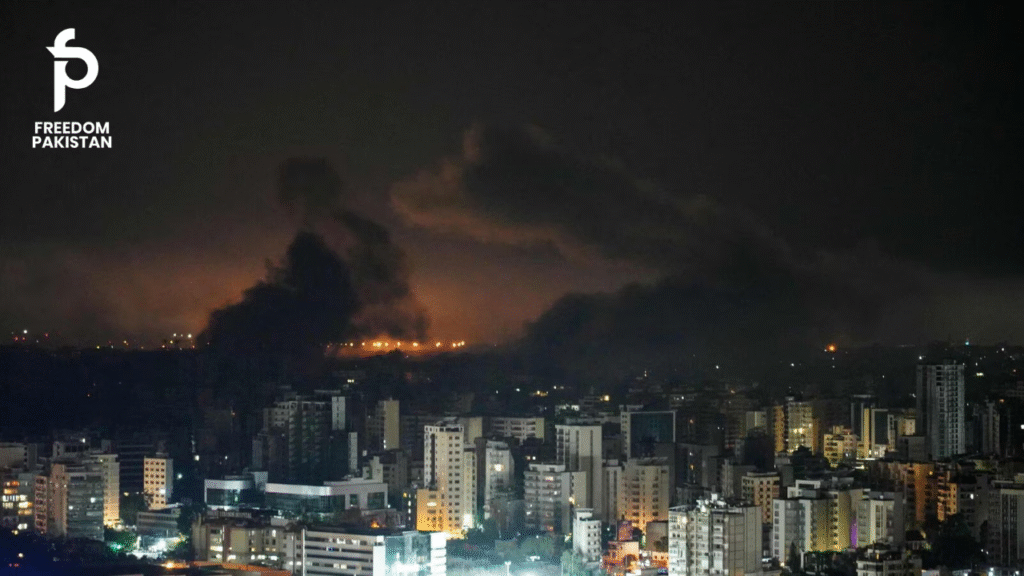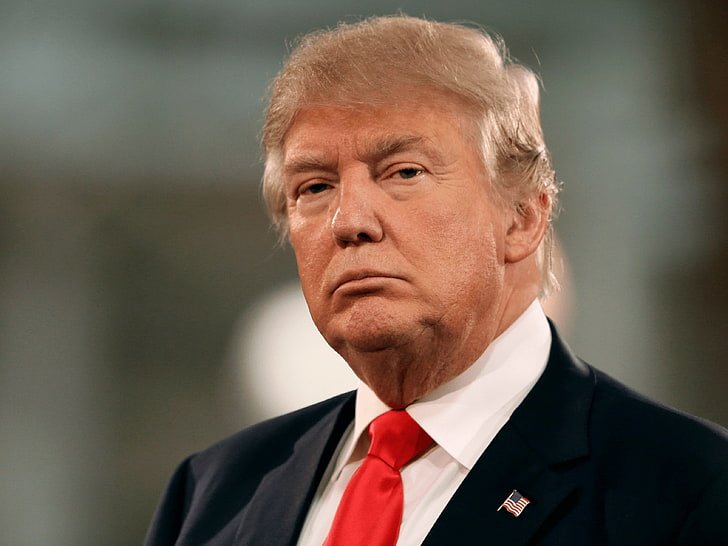A Comprehensive Analysis of the Sixth Day of Hostilities:
As of June 18, 2025, the Israel-Iran conflict has entered its sixth day, marked by intensified military engagements and significant geopolitical ramifications. This article provides an in-depth analysis of the ongoing hostilities, examining the strategic objectives, military operations, regional implications, and international responses.
Background and Escalation Of Conflict
The origins of the current conflict trace back to longstanding tensions between Israel and Iran, characterized by mutual distrust, proxy engagements, and disputes over Iran’s nuclear program. The immediate catalyst for the recent escalation was Israel’s Operation Rising Lion, launched on June 13, 2025, targeting Iranian nuclear facilities, military infrastructure, and missile sites. In retaliation, Iran initiated missile strikes on Israeli territory, leading to the current state of hostilities.
Military Operations and Strategic Objectives
Israel’s Military Strategy
Israel’s military operations have focused on neutralizing Iran’s nuclear capabilities and military infrastructure. The Israeli Air Force (IAF) has conducted precision airstrikes on key Iranian sites, including the Natanz nuclear facility and missile launch sites. Additionally, Israeli intelligence services have reportedly coordinated covert operations within Iran, targeting missile launchers and air defence systems.
Iran’s Military Response
In response, Iran has launched a series of missile attacks on Israeli cities, including Bat Yam, Rehovot, and Tel Aviv. These strikes have resulted in civilian casualties and infrastructure damage. Iran has also threatened to target U.S. military bases in the region if American forces intervene in the conflict.
Escalating Risks and Cyber Frontlines
As military engagements intensify, analysts warn that the conflict could extend into cyber and asymmetric warfare. Israeli cyber defence units have reported attempted intrusions on power grids and financial systems, believed to originate from Iranian state-backed hacker groups. Simultaneously, Iranian officials allege Israeli cyber sabotage targeting telecommunications and transport infrastructure in cities like Isfahan and Shiraz. This digital dimension of warfare is expected to grow in parallel with kinetic operations, potentially targeting civilian infrastructure to disrupt morale and logistics.
Public sentiment across both nations is increasingly polarized. In Israel, while some back the government’s military stance, others express concern about long-term security and civilian safety. In Iran, public protests have erupted in cities not directly affected by the conflict, calling for diplomatic engagement and an end to escalating tensions. These domestic reactions add further complexity to decision-making by both governments, as leaders weigh public opinion alongside strategic objectives.
Diplomatic intermediaries, including Switzerland and Oman, are reportedly in discreet talks with both nations to propose de-escalation channels. However, no formal negotiations have been confirmed. With the potential for expanded regional engagement and prolonged hostilities, the Israel-Iran conflict is shaping into a pivotal moment for Middle Eastern geopolitics in 2025.
Humanitarian Impact
The ongoing conflict has led to significant humanitarian concerns. In Tehran, widespread panic has prompted a mass exodus of civilians, with over 100,000 people fleeing the capital. Reports indicate shortages of basic necessities, including food, water, and medical supplies. Hospitals are overwhelmed, and international aid organizations are struggling to provide assistance due to access restrictions.
Iran and Israel War: Which Country Has More Power to Win a War
Read More
Regional Implications
The conflict has broader implications for regional stability. Countries such as Jordan have found themselves in complex positions, balancing their relationships with both Israel and Iran. Jordan has reportedly intercepted Iranian missiles targeting Israeli territory, highlighting the intricate dynamics at play.
Furthermore, the conflict has the potential to draw in other regional actors, including Hezbollah and various Iranian-backed militias, raising the risk of a wider regional war.
International Responses
United States
The United States has expressed strong support for Israel, with President Donald Trump calling for Iran’s “unconditional surrender.” The U.S. has increased its military presence in the region, deploying additional aircraft and naval assets. However, President Trump has indicated that while the U.S. knows the location of Iranian Supreme Leader Ayatollah Ali Khamenei, there are no immediate plans to target him.
European Union and United Nations
The European Union and the United Nations have called for an immediate ceasefire and the resumption of diplomatic negotiations. Both entities have expressed concern over the humanitarian situation and the potential for the conflict to destabilize the broader Middle East region.
Russia and China
Russia and China have condemned Israel’s military actions, urging restraint and emphasizing the need for a peaceful resolution to the conflict. Both countries have called for the protection of Iran’s sovereignty and have offered to mediate in the crisis.
Conclusion
As the Israel-Iran conflict enters its sixth day, the situation remains fluid and highly volatile. The ongoing military operations, coupled with the humanitarian crisis and regional instability, underscore the urgent need for international intervention and diplomatic efforts to de-escalate tensions and prevent further escalation. The coming days will be critical in determining the trajectory of this conflict and its impact on regional and global security.




